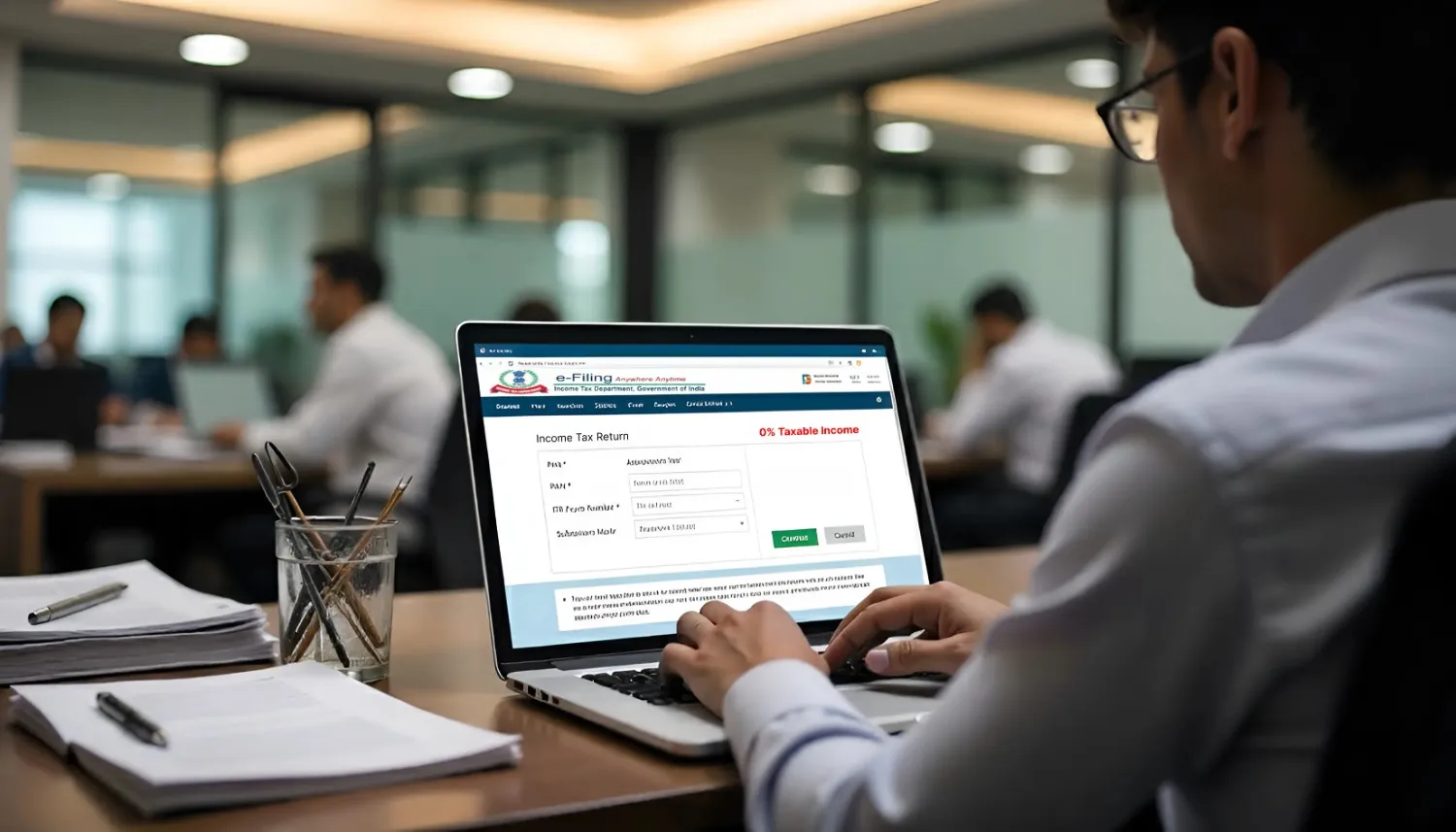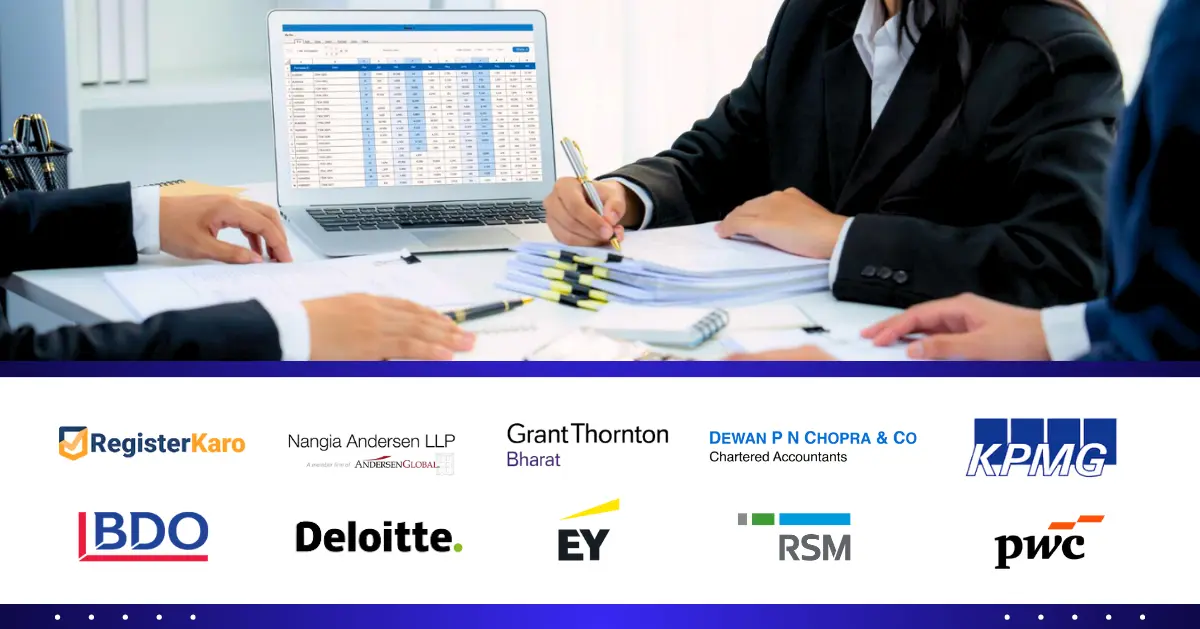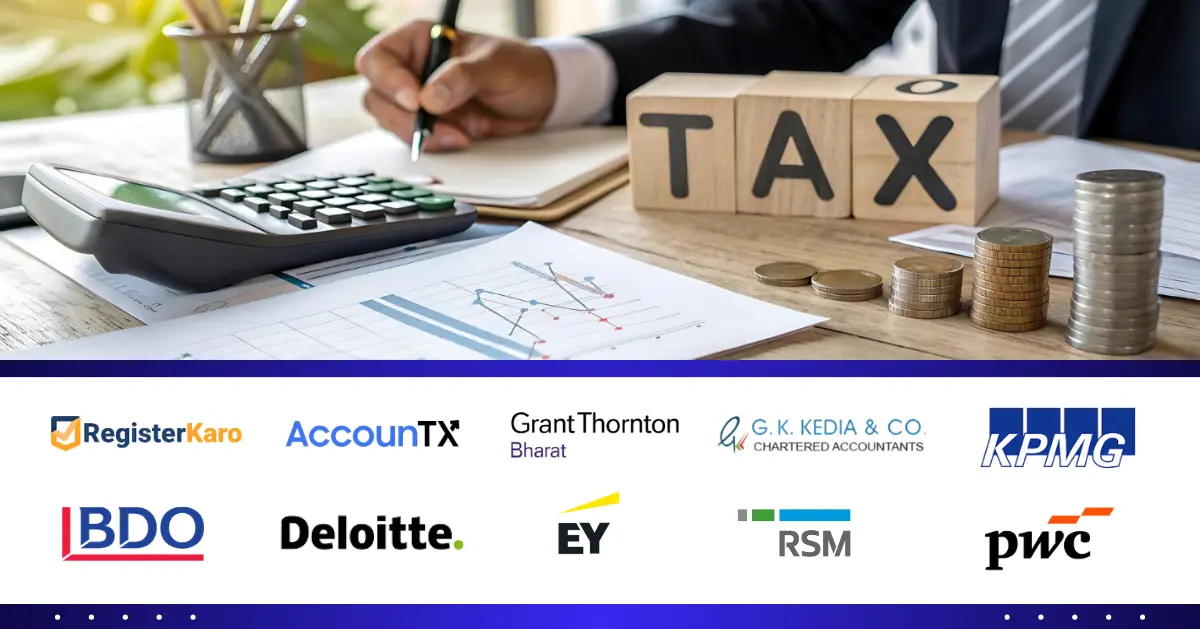
Introduction
The Goods and Services Tax (GST) is a comprehensive indirect tax that applies to various types of supplies of goods and services. Understanding the types of supply under GST is essential for businesses to ensure accurate tax compliance and prevent legal disputes.
The classification of GST supply categories determines:
- The applicable GST rates
- The availability of input tax credit (ITC)
- Compliance requirements under GST laws in India
In this blog, we will explore:
- The concept of supply under GST
- The different types of supply under GST
- How classification affects GST rates and compliance
- Common mistakes businesses make while classifying supplies
By the end of this blog, businesses will have a clear understanding of GST compliance in India and how to categorize their transactions correctly.
What is Supply Under GST?
Under Section 7 of the CGST Act, 2017, supply refers to:
- The sale, exchange, transfer, lease, rental, or disposal of goods or services for consideration
- The supply must be made in the course of business
- Importation of services is also considered supply, even if made without consideration
Key Features of Supply Under GST:
- Involves Goods or Services: Includes all types of transactions related to goods and services.
- Consideration is Essential: Transactions without consideration (except a few exceptions) do not qualify as supply.
- Made in the Course of Business: Personal transactions are generally excluded unless specified.
- Includes Taxable and Exempt Supplies: Some supplies attract GST, while others are exempt or zero-rated.
Now, let’s explore the different types of supply under GST and their impact.
Types of Supply under GST
Under GST, supplies are categorized into various types based on taxability, nature, and transaction type.
1. Taxable Supply
A taxable supply refers to the supply of goods or services that attract GST at applicable rates. The supplier is required to collect GST and file returns.
Examples:
- Sale of mobile phones
- Restaurant services
- Software development services
Applicable GST rates: 5%, 12%, 18%, or 28%, depending on the product or service.
2. Exempt Supplies
An exempt supplies refers to goods or services that do not attract GST. Businesses dealing only in exempt supplies do not have to collect GST or claim ITC.
Examples:
- Healthcare services
- Educational services
- Unprocessed agricultural produce
Impact on businesses: ITC cannot be claimed for exempt supplies, increasing costs.
3. Zero-Rated GST Supply
Zero-rated GST supplies are those that attract a 0% GST rate, but input tax credit (ITC) is available.
Includes:
- Exports of goods and services
- Supplies to Special Economic Zones (SEZs)
Benefit: Businesses can claim ITC refunds, enhancing liquidity.
4. Nil-Rated Supply
A nil-rated supply has a 0% GST rate, similar to zero-rated GST supply, but ITC is not available.
Examples:
- Salt
- Fresh vegetables
- Printed books
5. Composite Supply
A composite supply consists of two or more goods/services naturally bundled together, where one is the principal supply. The GST rate of the principal supply applies to the entire transaction.
Example:
- Sale of air tickets (with in-flight meals included). Since air travel is the principal supply, the applicable GST rate applies to the entire transaction.
6. Mixed Supply
A mixed supply consists of two or more independent goods/services supplied together but not naturally bundled. The highest GST rate among the items applies to the entire supply.
Example:
- A gift hamper containing chocolates (18% GST) and perfume (28% GST). The highest rate (28%) applies to the whole package.
7. Interstate vs. Intrastate Supply
- Interstate Supply: When goods/services move between states, IGST applies.
- Intrastate Supply: When supply occurs within the same state, CGST and SGST apply equally.
8. Deemed Supply
Certain transactions without consideration are still considered supply under GST.
Examples:
- Free distribution of business samples
- Barter transactions
Understanding these categories is essential for accurate GST compliance in India and for avoiding legal issues.
How Supply Classification Affects GST Rates
The classification of supply has a direct impact on GST rates, tax liability, and ITC claims.
| Supply Type | GST Rate | ITC Available? | Example |
| Taxable Supply | 5%-28% | Yes | Electronics, consultancy services |
| Exempt Supply | 0% | No | Healthcare, education |
| Zero-Rated Supply | 0% | Yes | Exports, SEZ supplies |
| Nil-Rated Supply | 0% | No | Fresh vegetables, books |
| Composite Supply | As per the principal supply | Yes | Flight tickets with meals |
| Mixed Supply | Highest GST rate | Yes | Gift hampers |
Incorrect classification can result in penalties, excess tax payments, or ITC denial.
Common Mistakes in Identifying Supply Type
Many businesses make errors while categorizing supplies, leading to compliance issues and tax liabilities.
1. Confusing Zero-Rated and Exempt Supplies
Mistake: Treating zero-rated GST supply as exempt supplies and not claiming ITC.
Solution: Remember that zero-rated supplies qualify for ITC refunds, while exempt supplies do not.
2. Incorrectly Classifying Composite and Mixed Supplies
Mistake: Misapplying GST rates for bundled products.
Solution: Identify whether the supply is naturally bundled (composite) or independent (mixed) and apply the correct GST rate.
3. Failing to Identify Deemed Supplies
Mistake: Not reporting free business samples in GST returns.
Solution: Include deemed supplies in records to maintain compliance.
Proper classification ensures smooth GST filing and compliance in India.
Conclusion
Correctly understanding the different types of supply under GST is essential for businesses to maintain compliance, apply the correct tax rates, and avoid penalties. Misclassification can lead to financial losses and legal consequences.
For expert assistance in GST compliance, tax filing, and supply classification, consult professionals like RegisterKaro to ensure hassle-free GST management.
Frequently Asked Questions
Taxable supply attract GST, while exempt supplies are not subject to GST, and businesses cannot claim ITC on them.




